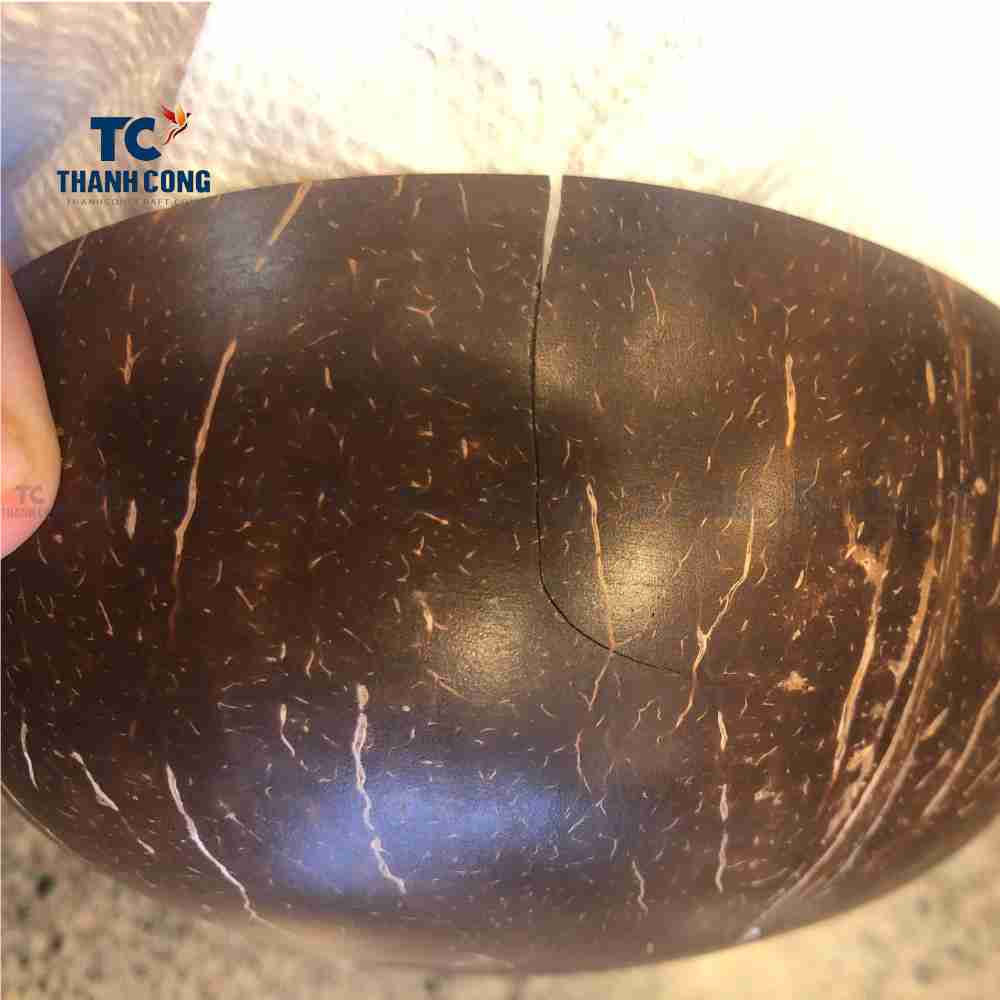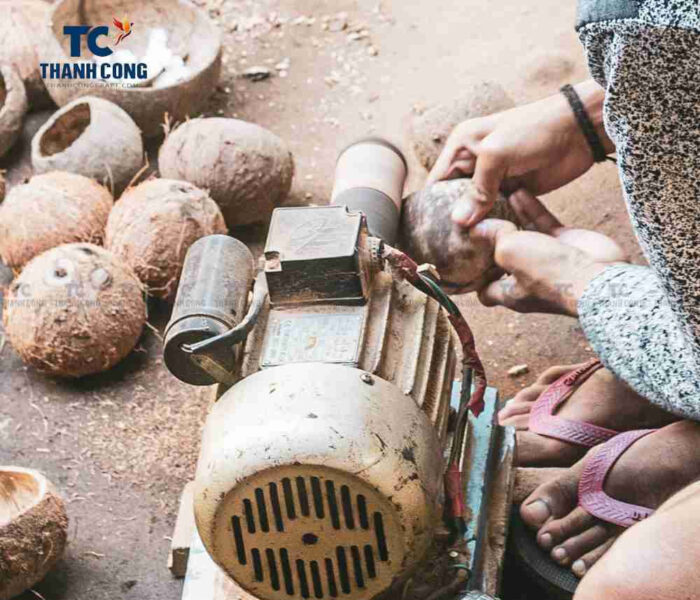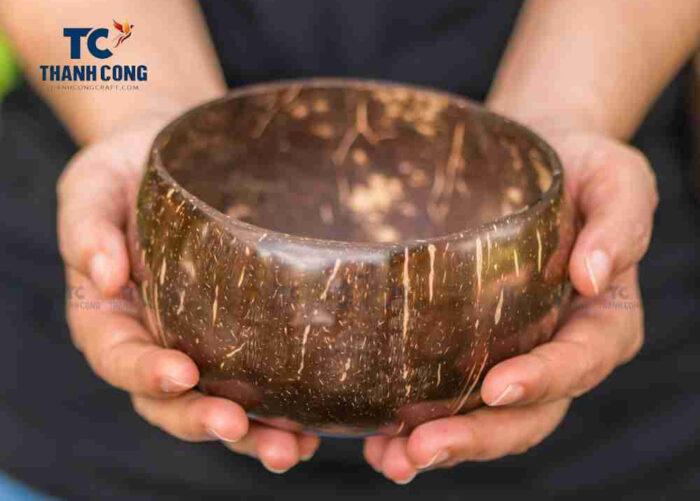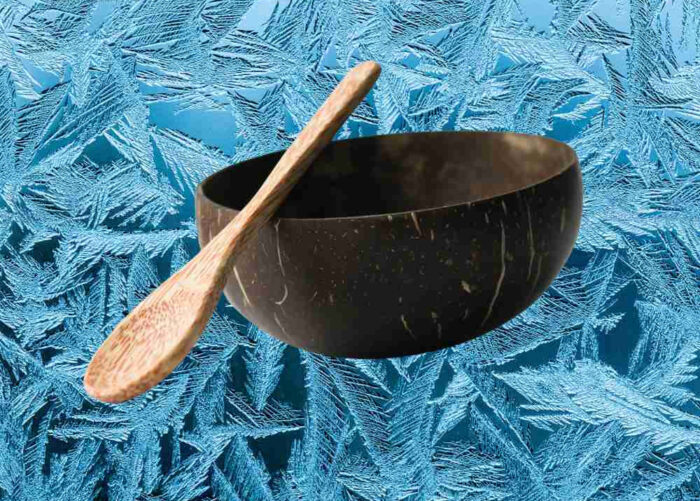Coconut bowl is a safe and unique product. It is durable if not subject to a significant impact. If your favourite coconut bowl is unfortunately cracked, you can try the following steps in this article to fix this problem. Let’s see how to fix a cracked coconut bowl in this article!
Contents [hide]
Why do your coconut bowl crack?
Coconut bowls are natural products made from the shells of coconuts. While they are sturdy and durable, they can still crack or break for various reasons. Here are some possible reasons why your coconut bowl may have cracked:
- Dryness: Coconut bowls can crack if they become too dry. If the bowl is exposed to heat or sunlight for extended periods or is not regularly moisturized with oil or wax, it may lose its moisture and become brittle, leading to cracks.
- Temperature changes: Sudden temperature changes can cause coconut bowls to crack. For example, placing a cold bowl in hot water can cause it to expand rapidly, leading to cracks.
- Impact: Dropping or hitting the bowl against a hard surface can cause it to crack or break.
- Age: Coconut bowls, like any natural material, may degrade over time, leading to cracks or other damage.
- Manufacturing defects: Sometimes, cracks may occur due to defects in the manufacturing process or low-quality materials used in making the bowl.
It is essential to prevent your coconut bowl from cracking, carefully handling it, keeping it moisturized, and avoiding exposure to extreme temperatures.

How to fix cracked coconut bowl?
Fixing a cracked coconut bowl can be tricky, but it’s possible with a few simple steps. Here’s what you can do:
- Clean the bowl: Start by thoroughly cleaning the bowl with soap and water to remove any dirt or debris that may be present.
- Dry the bowl: Let it dry once you’ve cleaned it. You can use a clean towel to pat or air dry it for a few hours.
- Apply glue: Apply a strong adhesive bond to the cracked area. Make sure to use waterproof and food-safe glue. Epoxy or cyanoacrylate (super glue) are good options.
- Press and hold the two sides of the crack together and hold them firmly for a few minutes to allow the glue to set. Use a clamp if necessary to maintain the pieces together.
- Sand and polish: Once the glue has dried, gently sand the area with fine-grit sandpaper until smooth. You can then polish the area with coconut oil or food-safe wax to restore the bowl’s shine.
- Let it dry: Allow the bowl to dry completely before using it again.
Note: Keep in mind that while this method can fix small cracks in coconut bowls, it may not be suitable for larger cracks or breaks. In that case, replacing the bowl altogether is better for safety reasons.

How do you maintain a coconut bowl?
Maintaining a coconut bowl is relatively easy and requires minimal effort. Here are some tips on how to keep your coconut bowl in good condition:
- Wash your coconut bowl by hand using mild soap and warm water. Avoid using a dishwasher as it can damage the bowl.
- Dry your bowl thoroughly after washing it. You can use a clean towel to pat it dry or simply air dry it for a few hours.
- Moisturize your bowl with coconut oil or food-grade mineral oil. This will help prevent the bowl from drying out and cracking.
- Avoid exposing your coconut bowl to extreme temperatures, such as hot water or direct sunlight. This can cause the bowl to crack or become discoloured.
- Avoid using sharp utensils or knives on your coconut bowl, which can scratch or damage the surface.
- If your coconut bowl develops a stain, you can gently scrub the area with a mixture of baking soda and water.
- Store your coconut bowl in a cool, dry place away from direct sunlight.
By following these simple steps, you can help prolong the life of your coconut bowl and keep it looking its best.

How long do coconut bowls last?
The lifespan of a coconut bowl depends on various factors, such as how well it is cared for, how frequently it is used, and how it is stored. Its life cycle depends on temperature, humidity, storage conditions, how you use it, etc.
Can you heat up coconut bowls?
Coconut bowls should not be heated as they are not designed to withstand high temperatures. Exposing coconut bowls to heat can cause them to crack or warp, which can be a safety hazard. It’s best to avoid using coconut bowls in the microwave or oven.
If you need to serve hot food in a coconut bowl, it’s best to transfer the food to the bowl after it has been heated. Additionally, it’s a good idea to place a trivet or heat-resistant mat underneath the bowl to protect it from heat.
Remember always to follow the care instructions provided by the manufacturer to ensure the longevity and safety of your coconut bowl.

Can you put coconut bowls in the freezer?
Yes, coconut bowls can be put in the freezer for short periods. However, it’s important to note that coconut bowls are not designed to withstand extreme temperatures, and prolonged exposure to the freezer can cause the bowl to crack or become damaged.
It’s a good idea to let the bowl come to room temperature before adding hot or warm food to avoid thermal shock.
Always follow the care instructions provided by the manufacturer to ensure the longevity and safety of your coconut bowl.
Hopefully, with the “how to fix a cracked coconut bowl” guide and the information in the article above, thanhcongcraft can help you fix your bowl. Remember to visit our products catalogue or Coconut bowl wholesale! Lots of beautiful bowls are updated weekly!


